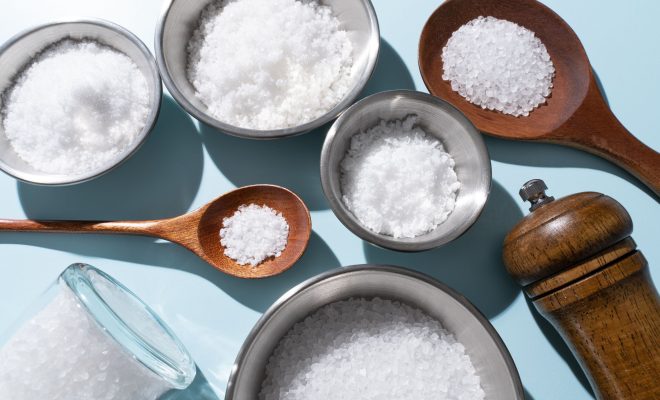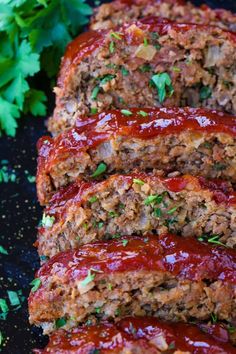8 Best Salt Substitutes – What Can I Use Instead of Salt?

Reducing salt intake is often recommended for improving heart health or reducing high blood pressure. Luckily, there are several salt substitutes that can add flavor to your dishes without the extra sodium. Here’s a list of the eight best salt substitutes you can use in your cooking:
1. Herbs and Spices: Fresh or dried, herbs like basil, oregano, rosemary, and thyme infuse your dishes with flavor profiles ranging from floral to earthy. Similarly, spices such as cumin, paprika, and turmeric add depth without the sodium.
2. Lemon Juice or Vinegar: Acidic ingredients like lemon juice or various vinegars (apple cider, balsamic, rice) can enhance the sensory experience similar to salt by brightening up flavors.
3. Nutritional Yeast: A cheesy and nutty seasoning that’s low in sodium but high in taste, nutritional yeast works well in vegan diets as a substitute for cheese and is rich in B-vitamins.
4. Garlic and Onion: Using fresh or powdered garlic and onion is a great way to impart a savory depth to food. Often these foundational flavors can reduce or eliminate the need for added salt.
5. Potassium Chloride: This is a common salt substitute sold under various brand names. It has a taste similar to sodium chloride but without the negative effects on blood pressure for most people.
6. Seaweed Granules: Seaweed is naturally salty but low in sodium and adds umami—a savory taste sensation often associated with meaty flavors—to dishes.
7. Tamari or Low-Sodium Soy Sauce: For an Asian flair that requires less or no additional salt, tamari offers a richly layered profile of umami and slight sweetness; look for reduced-sodium versions.
8. Mrs. Dash: This brand provides a range of salt-free seasoning blends that cover everything from taco seasoning to lemon pepper.
Replacing your regular table salt with these substitutes can help you maintain flavorful meals while cutting down on sodium intake—great news for your tastebuds and your health!






